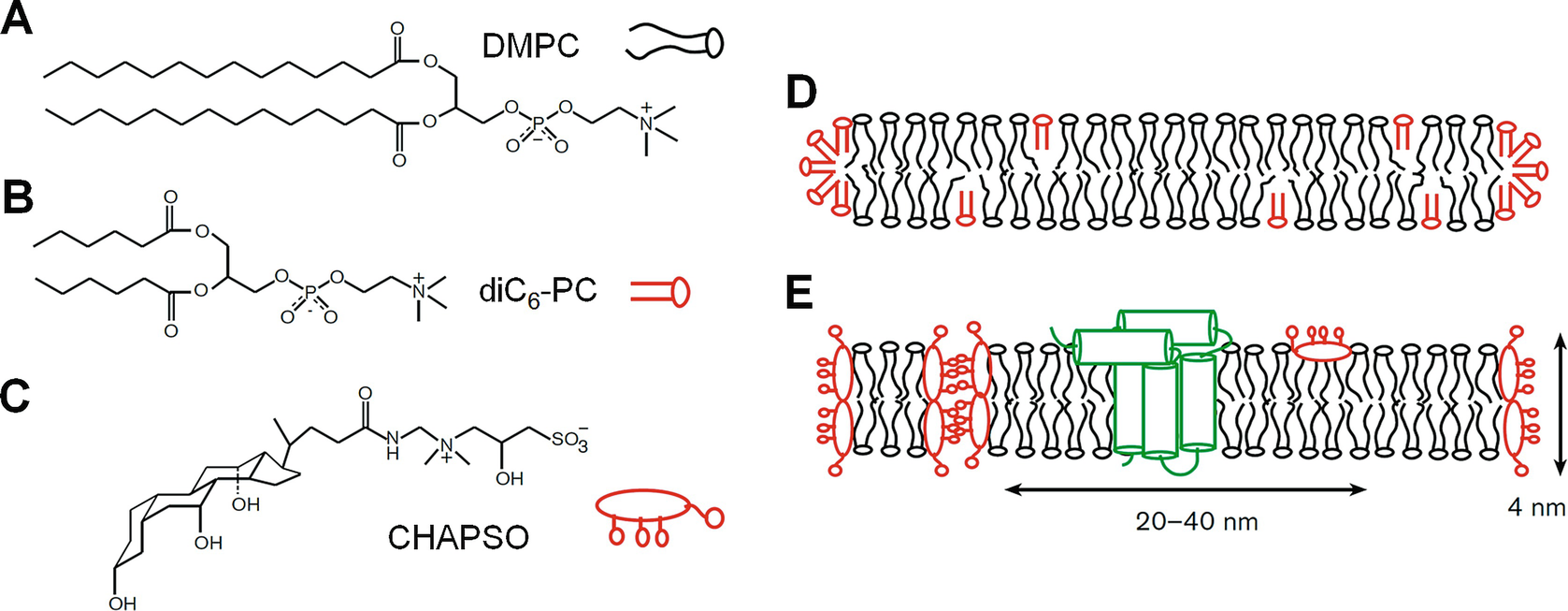

In the case of EYPC, the final size of aggregation strongly depends on La 3 + concentration. DPPC and DMPC show a RLCA regimen growth at low La 3 + concentrations and a DLCA regimen at higher concentrations. The evolution of the aggregate sizes was followed by light scattering. Simulation demon-strates that the distributed control problem can be solved by both DMPC algorithms. In addition, the proof of recursive feasibility for the DMPC algorithms is provided. To characterize the molecular size distribution of the products from the reaction between the DMPC/DSPC SUVs and the apoA-I, 10 l of apoA-I (4 mg/ml in TSB) was incubated with 10 l of 10 mg/ml liposomes (DMPC/DSPC 1:1 molar ratio) for 0, 0.5, 1, 3, 6, and 24 h at 28C. However, the ζ potential of DMPC changes from a initial negative value to near zero with increasing La 3 + concentration. leads to two distributed model predictive control (DMPC) schemes.

Electrophoretic measurements show a similar variation of the zeta potential ( ζ potential) for EYPC and DPPC, with a small increase of initial positive values. Aggregate liposome fractal dimensions were calculated by two methods, aggregation kinetics, using the approaches diffusion-limited cluster aggregation (DLCA) and reaction-limited cluster aggregation (RLCA) and angle-scattering light dispersion. A study of the fractal dimension of the aggregation of three different types of large unilamellar vesicles, formed by egg yolk phosphatidylcholine (EYPC), dimyristoyl-phosphocholine (DMPC), and dipalmitoyl-phosphocholine (DPPC), in the presence of La 3 +, is presented.


 0 kommentar(er)
0 kommentar(er)
